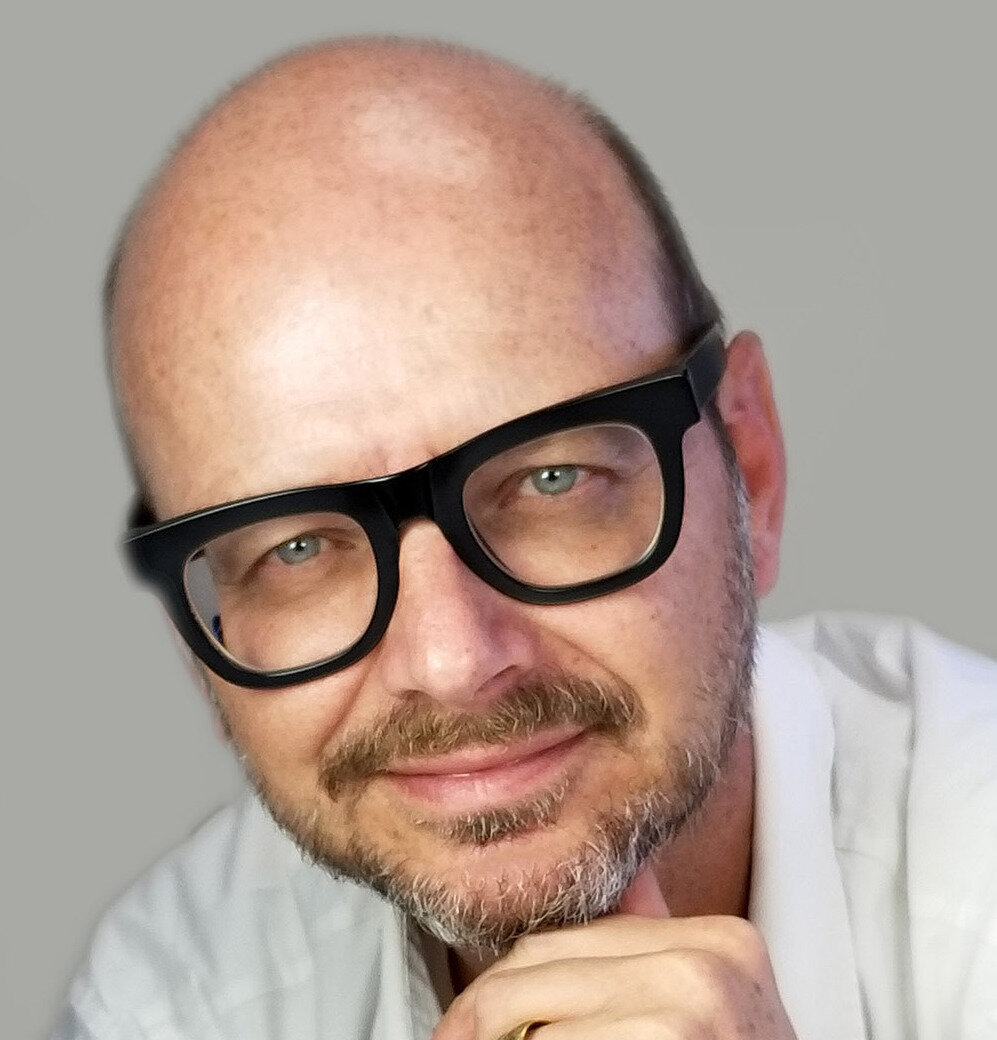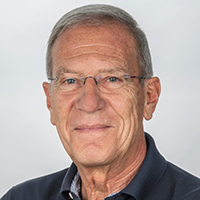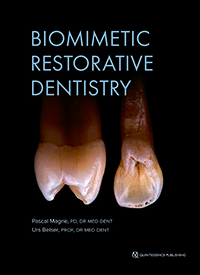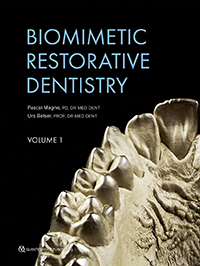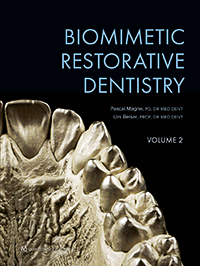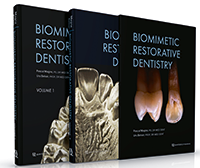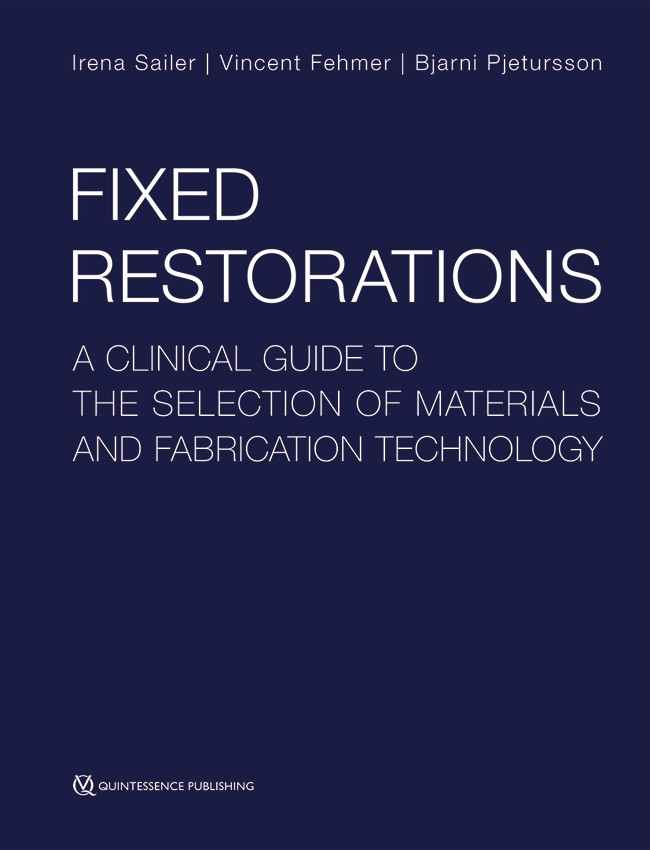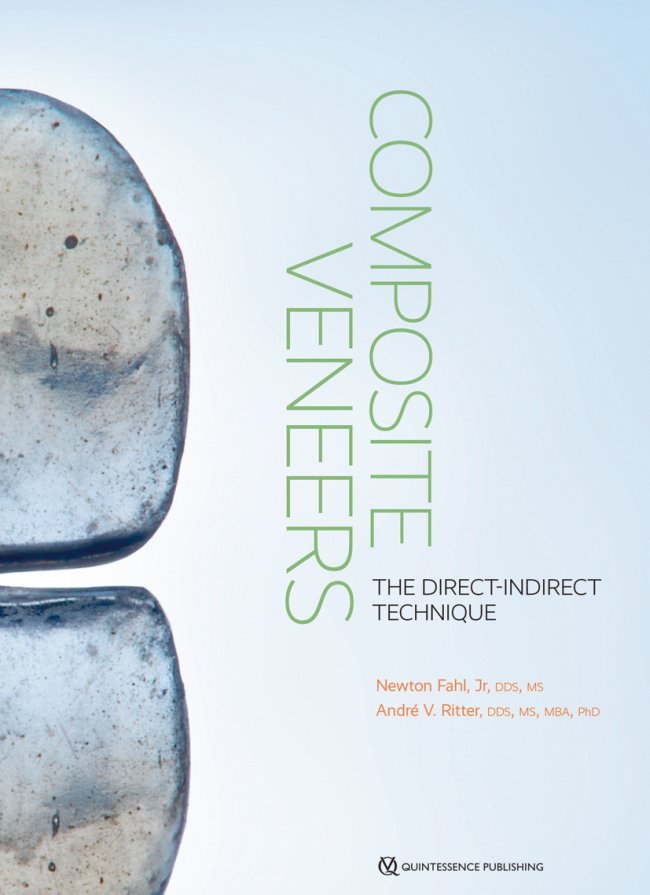The first edition of this book took the dental world by storm in 2002 and became one of the bestselling Quintessence books of all time, and this edition will no doubt do the same. The book takes the science of esthetic dental reconstruction to a new level, both clinically and academically, and offers all that a clinician could wish for in terms of indications and the classic clinical steps for tooth preparation, laboratory and CAD/CAM procedures, adhesive luting procedures, and maintenance. But above all, what makes this book so unique is the underlying principle by which Pascal Magne lives: respect the natural structure and use that nature as your guide in restoration. The central philosophy of the book is the biomimetic principle—that is, the idea that the intact tooth in its ideal hues and shades, and perhaps more importantly in its intracoronal anatomy and location in the arch, is the guide to reconstruction and the determinant for success. Restoring or mimicking the biomechanical, structural, and esthetic integrity of teeth is paramount. Therefore, the objective of the book is to propose new criteria for esthetic restorative dentistry based on biomimetics. The driving forces of restorative dentistry are maintenance of tooth vitality and maximum conservation of intact hard tissues, and as such the book offers ultraconservative treatment options that can precede a more sophisticated treatment. The core of the book centers on the application of the biomimetic principle in the form of bonded restorations using composite resins and ceramics. The broad spectrum of indications of bonded restorations is described, followed by detailed instruction on the treatment planning and diagnostic approach, which is the first step for every case. The treatment is then described step by step, including tooth preparation and impression, laboratory and CAD/CAM procedures related to the fabrication of composite resin and ceramic workpieces, and their final insertion through adhesive luting procedures. Volume 1 covers the fundamentals and basic procedures, and Volume 2 focuses on advanced clinical techniques, maintenance, and repair of bonded restorations. QR codes throughout link to demonstrations of the techniques and dramatic videos highlighting the artistry of biomimetics. Written by a true master and true artist, this book will undoubtedly inspire excellence in anyone who picks it up.
Contents
Volume 1
Chapter 1. Understanding the Intact Tooth and the Biomimetic Principle
Chapter 2. Natural Oral Design
Chapter 3. Ultraconservative Treatment Options
Chapter 4. Semi-(In)Direct Approaches in Posterior and Anterior Teeth
Volume 2
Chapter 5. Esthetic Treatment Planning and Diagnostic Approach
Chapter 6. Anterior Indirect Bonded Porcelain Restorations
Chapter 7. Maintenance and Advanced Repair Techniques
αΩ. The Whole Story: From La Chaux-de-Fonds to Los Angeles
What is new in this edition?
The existing content has been significantly updated, with over 500 pages of new content added together with almost 100 video clips accessible via QR code. Major additions include detailed aspects of morphology tooth by tooth (including didactic drawing exercises), significant updates in the famous Magne/Belser esthetic checklist, diagnostic approaches and full-mouth cases with enhanced mock-up techniques, immediate dentin sealing and margin elevation, semi-(in)direct techniques in both anterior and posterior teeth (including CAD/CAM approaches), a new classification of anterior bonded porcelain restorations, and of course updated protocols, especially for tooth preparation and provisionalization. Tables and step-by-step procedures are presented throughout the book for all the essential procedures, both clinical and laboratory. A bonus chapter chronicling the life and motivation of Pascal Magne brings it all together.



